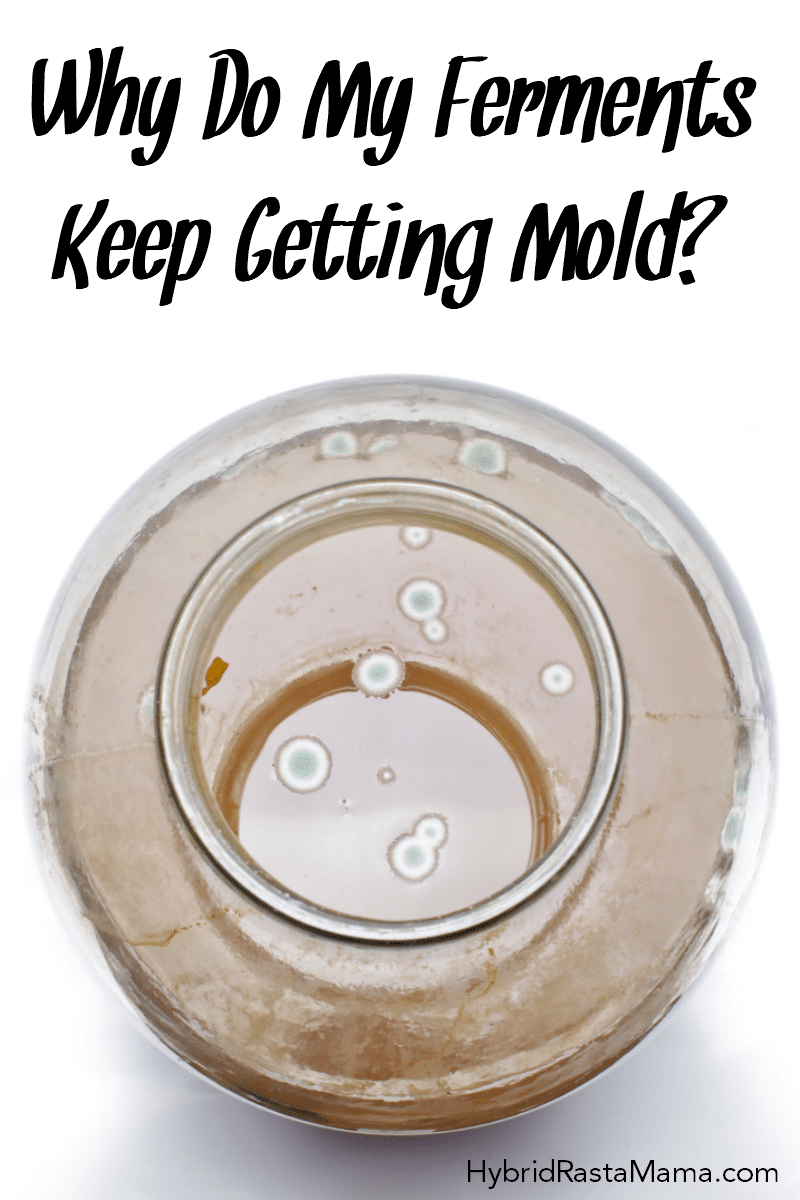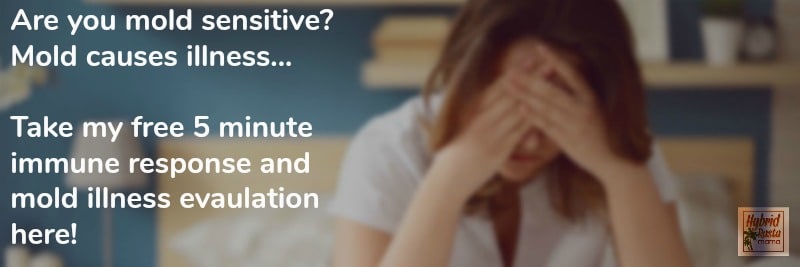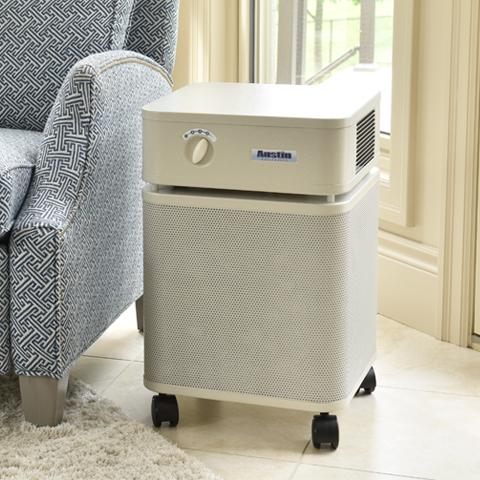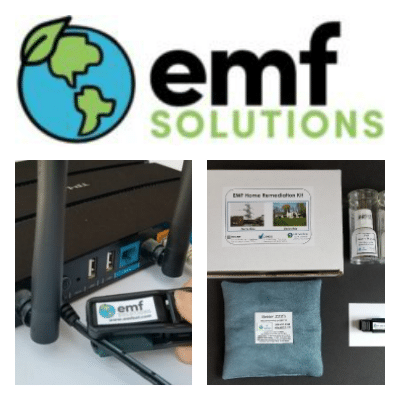Let’s talk about mold today shall we? It seems as though there is a school of thought in the world of fermentation that mold is no big deal. I see many supposed fermentation experts claim that it is perfectly fine to just scrape any visible mold right off the top of your ferment. But is this really ok?
The short answer is NO WAY! The long answer is….well, long. Sort of. So here we go! Let’s take a look at mold on fermented food.

What is Mold?
Molds are microscopic fungi that live on plant or animal matter. No one knows how many species of fungi exist, but estimates range from tens of thousands to perhaps 300,000 or more. Most are filamentous (threadlike) organisms and the production of spores is characteristic of fungi in general. These spores can be transported by air, water, or insects.
Penicillium and Aspergillus, Alternaria, Fusarium and Cladosporium (blue, green, yellow, pink, red or black molds) are the most common molds found on and in foods.
If you would like more detailed information on Mold, please visit my other website, Mold Help For You.
What Does Mold Look Like?
Unlike bacteria that are one-celled, molds are made of many cells and can sometimes be seen with the naked eye. Under a microscope, they look like
skinny mushrooms. In many molds, the body consists of root threads that invade the food it lives on, a stalk rising above the food, and spores that form at the ends of the stalks.
The spores give mold the color you see. Molds have branches and roots that are like very thin threads. The roots may be difficult to see when the mold is growing on food and may be very deep in the food.
Why Do My Ferments Keep Getting Mold?
If your fermentation vessel is not completely airtight producing a true anaerobic environment, then oxygen will get in and mold loves oxygen. It doesn’t take much oxygen for mold to begin to form. Even if your veggies are submerged under the brine, if you are not using an anaerobic vessel, oxygen still touches the top of that brine!
The purpose of salt in a ferment is to inhibit the growth of undesirable pathogens including molds and other microorganisms. Too much or too little salt will not preserve the food between the start of fermentation and when the lactic acid bacteria begin to proliferate and create an acidic environment. This can lead to mold more readily taking hold of your ferment. It is best to use a percentage brine to ensure that you have the correct amount of salt for your ferment. You can find the chart for this here.
Temperature can also play a key role in mold production. 68-72 degrees is the optimal temperature range to ferment foods in. 90 degrees is far too warm and can likely create spoilage in the form of mold and other bacteria. If your house is particularly warm, try to find the coolest spot in the house to place your ferments. A root cellar made from an unwanted chest cooler can be a great alternative to fermenting in a too warm of house.
It is certainly possible that you introduced mold into your ferment via your vegetable , fruit, seasonings, are or even the vessel itself. If there was even the tiniest of mold spore on your produce and it did not get washed or scraped away, under the right conditions, it could flourish quite easily. Old spices might also have fungus on them. Your fermenting vessel may not have been sterilized properly. This is why it is so important to use produce that is at the peak of ripeness and that has been inspected for “bad” spots. Spices should also be fresh, not dried. And care should be taken to sterilize your fermentation vessel. Hot water and white vinegar work great for this.
Is Really OK to Scrape Mold Off of the Top of a Ferment?
No! No! No! I’ll tell you why.
First, some molds cause allergic reactions and respiratory problems in susceptible people. An allergy to mold may produce sneezing, stuffy nose, coughing, itchy or watery eyes. This may or may not seem a like a big deal to you but what if you offered some of your previously moldy ferment to a friend and she happened to be one of those susceptible people. Last time I checked, no one starts a conversation with, “hey, I scraped some mold off of these fermented watermelon rinds but don’t worry. They are still ok to eat. Here try some.” Um, yeah. So don’t risk someone else’s health or yours. Allergic reactions and respiratory problems are not worth saving a fermented food over.
Second, a few molds produce mycotoxins. These are secondary metabolites produced by fungi that are capable of causing disease and death. Because of their pharmacological activity, some mycotoxins or mycotoxin derivatives have found use as antibiotics, growth promotants, and other kinds of drugs. Still others have been implicated as chemical warfare agents. Did you all just read that? Mycotoxins are chemical warfare agents!!!!! Sure, these poisonous substances can cause flu-like symptoms including nausea, vomiting and diarrhea which might not seem like that big of deal but chemical warfare???? Come on! You can’t convinve me that this is a safe thing to consume.
Aflatoxins are the most notorious of mycotoxins. They are a cancer-causing poison produced by certain fungi in or on foods. Aflatoxins can cause serious illness in humans. Ochratoxin, another notorious mycotoxin, can cause fatal kidney disease.
When a food shows mold growth, “root” threads have invaded it deeper than you can see with the naked eye. Mycotoxins are most often contained in and around these threads, but also may have spread throughout the food. Just because you scrape the mold off, does NOT mean you have removed the mycotoxins.
And finally, foods that are moldy may also have other invisible bad bacteria growing along with the mold.
To learn more about food mold, please check out my article on that.
Are There Any Beneficial Molds In Fermented Foods?
Molds from the genus Penicillium are associated with the ripening and flavor of cheeses. We are not talking about cheeses today. We are concentrating on vegetable and fruit ferments. Molds do not play a beneficial role in the desirable fermentation of fruit and vegetable products. Period. If you are not willing to take my word for it, go read Fermented Fruits and Vegetables, A Global Perspective by Mike Battcock and Dr. Sue Azam-Ali. It is free. Only 602 pages. Which I have read. In full. You are welcome to do the same.
I hope that this post has made it clear that under no circumstances should you EVER skim mold off the top of a ferment and carry on as usual. THROW IT OUT!
Questions? Feel free to ask. You can also check out a few other, shorter readers on the subject:
And just for fun, here are a couple of awesome recipes to try!
Until next time…
Photo Credit: Ian T.








Erica @ ChildOrganics says
Thank you for your post. This has been something I’ve been trying to find answers to. I have had a few batches of fermented pickles with a white film on the top. I asked about it to a friend that does lacto-fermentation and she said it was yeast and not mold, that it was fine to eat. Do you know how to tell if the white film on top is yeast or mold? If it is yeast, is that ok to eat? I’d appreciate any info you have to share.
Thanks for all of your research!
Alice says
The best way to tell them apart is microscopically, although macroscopically mold is typically thready and yeast is more slimy or thready. Not all yeast is safe to eat. The yeast we use to bake with is a specific species (Sacchromyces cerivisae). Other yeast species can cause diseases.
Source: I’m a microbiologist.
Jennifer says
Thanks so much for this comment! That is really helpful. There is so much the lay person does not understand about yeast, mold, and other food bacteria – safe or not.
Faye says
What a great post Jennifer. It’s really made it clear to me now. I was of the opinion that surely removing the mould would be enough, and maybe some of the fermented veg/fruit. But I’ve done a complete turn around, the idea of the threads going through the food and us not being able to see it……..ewwwwwww!
Thankyou for this one
Faye xxx
Alice says
And it’s not just the actual threads going through; the toxins and spores can be very dangerous. Fungal infections are really nasty and are often very difficult to treat.
Source: I’m a microbiologist.
Lea H @ Nourishing Treasures says
People take mold too lightly (sorry, Sandor!). It’s a serious issue.
I disagree with your recommendations for ferment temps, though. The source you pointed to (Fermented Fruit and Vegetables, a Global Perspective) states the optimum temp is 95-104 for mesophilic bacteria. Maximum temps acceptable are 95-122 degrees. So I wouldn’t be afraid of room temp and warmer 🙂
Source: http://www.fao.org/docrep/x0560e/x0560e07.htm#2.2.3
Lisa C says
Thanks for the info!
lydia says
SHARING!!!
Belfor Tucson says
Mold is definitely not something you want to be messing around with. I mean if it can make you sick by just existing in your home what makes you think that eating it is such a great idea? Once you see the mold it’s already got it’s roots buried into the food so you’re still eating mold even if you’ve scraped it off.
crimini reaper says
But what about home soy ferments like tempeh n miso? I wanna try those but I don’t have the authentic koji-kin, and with awful logistics to kenya. So I’m tryna kik it ol skool, stick moldy rice on soggy bean-mash brine. An ur saying that’s a negatron? Or some type of WMD? If the intent was to pucker my butt it worked! FeelFeel like I shd jus get those frm the store lol.
Jennifer says
Tempeh and Miso are a different ferment entirely. Tempeh should actually be placed in a dehydrator. I am not at all an expert in soy ferments though. I haven’t ventured into that territory. “Pucker my butt!” That made me laugh!
Kerligirl says
So when I make kombucha, I use a cheesecloth with a rubber band bc it has to breathe and its fine. I’m doing the same thing with cider tight now . Is that bad? My beet kvass was molded .on top today. One jar I’m throwing out . I was considering keeping the one that looked good…but I don’t know now. I thought maybe I’d put in a 160 degree oven . I made a huge jar and hate to throw it out.
Jennifer says
Kombucha always needs to breathe but other fermented beverages prefer an airlock system. You most definitely do not just want to cover loosely with a cloth. That is a surefire way to get mold. Keep the one that isn’t moldy. That isn’t an issue at all. Just the moldy one. Check into airlock systems or even a jar with a screw on lid that you can “vent” to relieve the build up of gasses.
Donal says
Excellent post i have always thought the advice to just scrape off the mold was wrong and dangerous , There should not be any mold on or near your fermented vegetables. I don’t put a lid on my ferment jar i stretch the opening of a new latex glove over the top of the jar pulling it down to the shoulder , I then apply two elastic bands one at the shoulder the other at the rim , After the first day the glove which is a perfect air seal without the fear of the jar exploding lightly pumps up , The co2 which is produced by the ferments and is also a food preservative (open to correction) is heavier then air so is ideal to leave in place for the duration of the fermentation process. I have never had mold or film or slime or discolouration on my sauerkraut EVER !!!
Jennifer says
Thank you for sharing! Interesting method that is obviously working great!
Ken says
Sorry but the image at the top of the article is not mold, it is a pellicle. Please be careful about spreading misinformation causing people to waste perfectly safe food. It is very common with Brettanomyces fermentations and other wild fermentations. A pellicle is often seen when brewing sour beers that have been exposed to oxygen. It is completely harmless and not necessarily a reason to dispose of a vegetable ferment. It can cause rather funky flavors sometimes desirable sometimes not but certainly not unsafe. For more information google sour beer pellicle or Brettanomyces.
Gwen says
I am not keen about having molds on my ferments. So far have never found any.
I have an persistent allergy to wheat that I used to attribute to mold. Now it seems it is simply wheat.
That said. Scientifically one needs to determine whether these molds are actually able to produce mycotoxins and under what conditions of competing bacteria and yeast, whether these favorable bacteria/yeast bind or otherwise disable the toxins etc to know for sure. Caution is generally wise. Yes.
BTW. I am not sure how you are using the book, Fermenting Fruits and Vegetables, a Global Perspective. Your link no longer works, but I did find it via searching. I downloaded and searched for mycotoxins. No result. Searched for aflatoxin. No result. Could you please provide the direct quote from this book which supports your concern about molds … particularly those growing on lactofermenting sauerkraut or vegetables. Or kefirs —milk or water. Or kombuchas. It would help to see this in context.
Thank you.